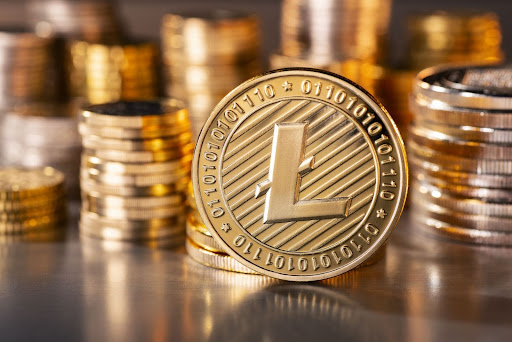Litecoin is an Open-Source, Peer-To-Peer Digital Currency
2021-12-29 12:05:50Litecoin is an open-source, peer-to-peer digital currency launched in 2011, two years after Bitcoin by former Google engineer Charlie Lee. Ranked by the market capitalization, Litecoin is the 15th-largest cryptocurrency. Litecoin shares many similarities with Bitcoin and in fact when Charlie Lee announced the debut of LItecoin on a famous Bitcoin forum, he referred to it as “the lite version” of Bitcoin.

What is Litecoin(LTC)?
Litecoin is an early alternative coin as a reaction to Bitcoin. Likewise, Litecoins are generated through a procedure called mining which includes processing a list of Litecoin transactions. Litecoin has a faster block generation rate and employs the use of a cryptographic algorithm called Scrypt.
Both Litecoin and Bitcoin have a maximum amount of supply. In the case of Litecoin, there will never be more than 84 million Litecoins in circulation, quadruple the Bitcoin’s 21-million.
Litecoin’s structure is highly similar to Bitcoin’s, it has been used as a testing ground for Bitcoin’s later improvements.
Scrypt Proof-of-Work
Litecoin was founded particularly to make large-scale, custom-built hardware attacks on the network more difficult, if not impossible. Scrypt mining requires fewer resources but more memory while the SHA-256 algorithm employed by Bitcoin does not need a lot of random access memory. With sequential memory-hard functions, Litcoin shall avoid security attacks. More sophisticated mining hardware developed to solve SHA-256 hashing is the application-specific circuit or ASIC however the founder of Litecoin wanted to avoid the expensive mining equipment race.
Differences between LTC and BTC
The most essential distinction between Litecoin and Bitcoin is the different cryptographic algorithms they use for mining. Bitcoin employs the SHA-256 algorithm while Litecoin uses Scrypt. Litecoin is designed to generate a new block every 2.5 minutes whereas Bitcoin needs 10 minutes to generate a new block.
To address the scalability problem of Bitcoin, Segregated Witness(SegWit) was first proposed in 2015 which created controversy in the Bitcoin community. Litecoin, often seen as the testnet of Bitcoin, adopted SegWit in 2017. The test went successfully and therefore Bitcoin adopted SegWit. As some opponents insisted on a larger Bitcoin block size, a Bitcoin hard fork called Bitcoin Cash was created.